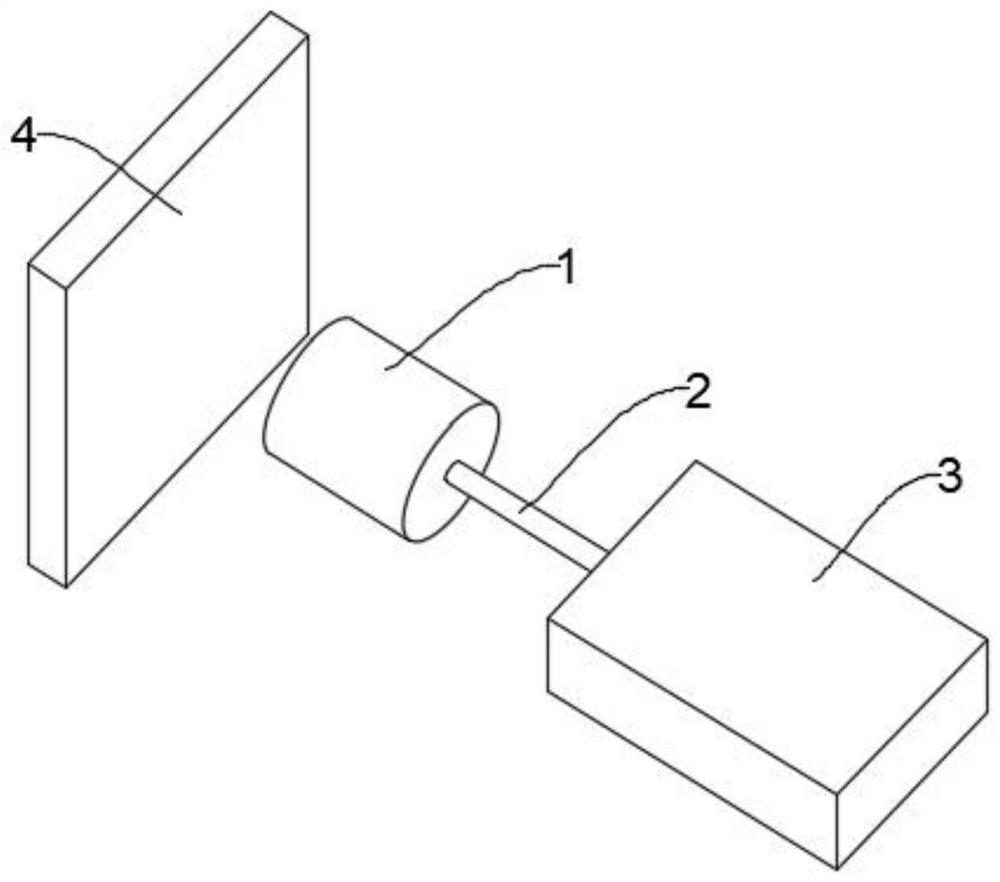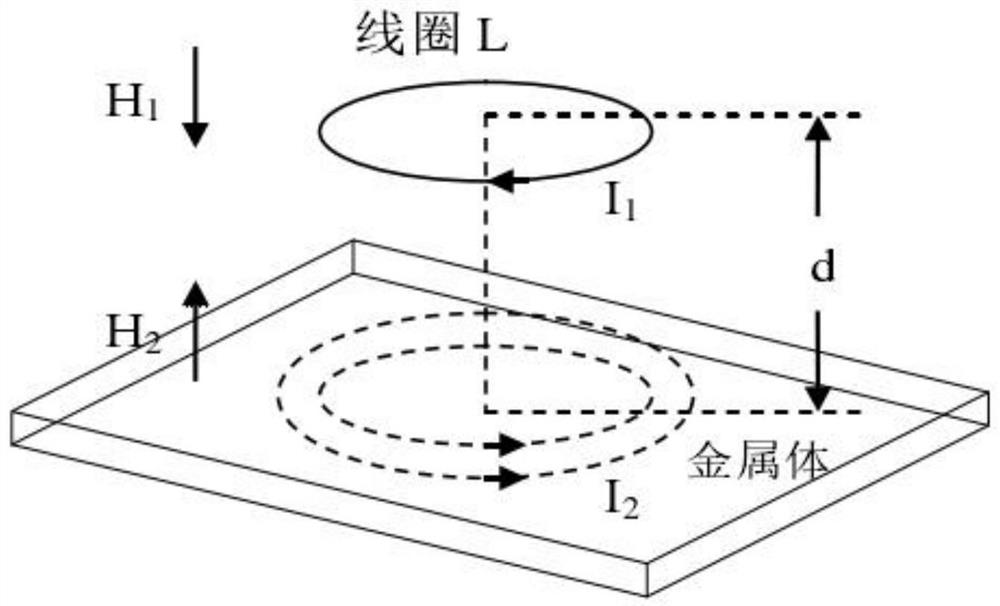Motor displacement sensor based on eddy current principle
A technology of displacement sensor and eddy current, which is applied in the field of displacement sensor, can solve the problems of being unable to meet the detection requirements, having no practical significance, and the measurement accuracy and sensitivity of small displacement cannot meet the requirements, so as to achieve stable and reliable output results, convenient measurement and Effect of adjusting and suppressing the influence of harmonics and spikes
- Summary
- Abstract
- Description
- Claims
- Application Information
AI Technical Summary
Problems solved by technology
Method used
Image
Examples
Embodiment Construction
[0046] The technical solutions in the embodiments of the present invention will be clearly and completely described below with reference to the accompanying drawings in the embodiments of the present invention. Obviously, the described embodiments are only a part of the embodiments of the present invention, but not all of the embodiments.
[0047] like figure 1, figure 2 As shown in the figure, a motor displacement sensor based on the principle of eddy current includes three parts: a probe 1, an extension cable 2 and a pre-conditioner 3. The probe 1 of the sensor is made of enameled copper wire wound on the probe skeleton , Due to the requirements of the electromagnetic characteristics of the probe coil 101, the probe frame is made of polytetrafluoroethylene material with low loss, low thermal expansion coefficient and good electrical performance. The probe coil 101 is not exposed, but is installed in stainless steel. In the housing, on the one hand, it can be used to fix th...
PUM
 Login to View More
Login to View More Abstract
Description
Claims
Application Information
 Login to View More
Login to View More - R&D
- Intellectual Property
- Life Sciences
- Materials
- Tech Scout
- Unparalleled Data Quality
- Higher Quality Content
- 60% Fewer Hallucinations
Browse by: Latest US Patents, China's latest patents, Technical Efficacy Thesaurus, Application Domain, Technology Topic, Popular Technical Reports.
© 2025 PatSnap. All rights reserved.Legal|Privacy policy|Modern Slavery Act Transparency Statement|Sitemap|About US| Contact US: help@patsnap.com



